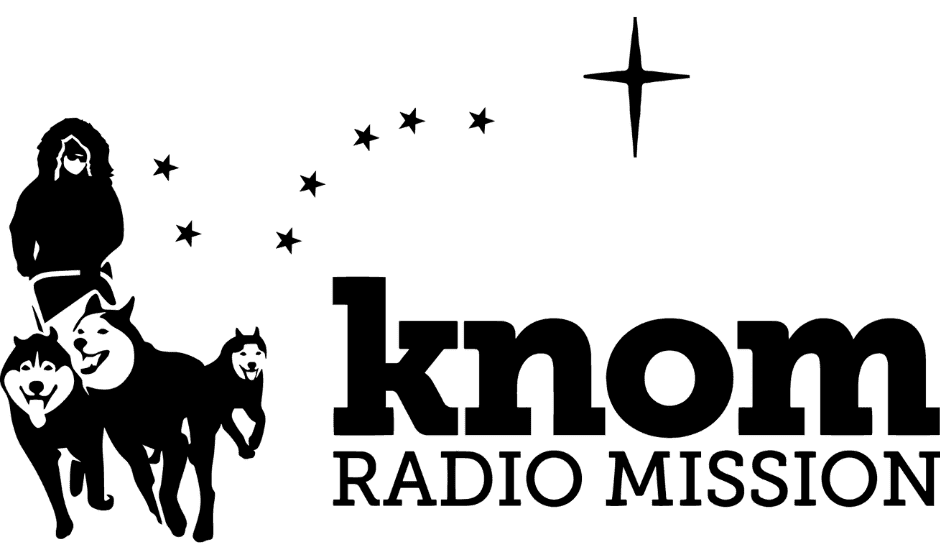Nome Public Schools (NPS) unveiled its draft budget for the fiscal year 2026 during a Board of Education meeting Tuesday evening. The preliminary $16.8 million budget, down $1.25 million from last year’s revised plan, includes significant cuts across the district.
NPS Superintendent Jamie Burgess said the first draft presented to the board was a “worst case scenario”.
“Then as things unfold in the legislature, when we start to create our next budget, which will be shared at the March meeting, we hope that we will have some changes to share with you,” Burgess told the board.
There are several key cuts outlined in the first draft, chief among them being the elimination of 11 total teaching positions across the district. Nome Elementary School (NES) is slated to cut an assistant principal, a librarian assistant, and four teaching positions. Nome-Beltz Middle High School (NBMHS) would see the elimination of six teaching positions and a behavior specialist.
For NBMHS, the draft budget outlines a 24% cut to certified teacher expenses, primarily from staff reductions, with the tradeoff being the average teacher salary increasing by 10.8%. Similarly, NES is set for a 16% reduction in certified teacher salaries, with the average teacher wage increasing 8.4%.
During her report to the board, NBMHS Principal Teriscovkya Smith said that she shared details of the draft with her staff earlier in the day.

“I had a teacher come to me later who talked about how deflating that was to be commended as a school… and then, in contrast, to hear that she works in job insecurity,” Smith said.
Smith urged the board to consider setting non-negotiables when it comes to setting the budget and better communicating them with the public.
“I think we need to come to the table and decide what our non-negotiables are. What are we going to fight for?” Smith asked.
Another long-running challenge for the district has been the outsized costs associated with travel for student activities like sports. The draft budget includes a 50% cut to travel funds for NBMHS, dropping from $120,000 to $60,000. The draft suggests that student groups will need to pick up the “remainder of travel costs”, a burden that already weighs heavily on countless parents and community members.
“Which would mean fewer, less travel next year, or a significant increase in fundraising for our families,” Burgess said.
The draft also includes a $10,000 reduction for supplies at NES and Anvil City Science Academy and a $20,000 reduction for NBMHS.
Balancing the Budget
To balance the budget, the district proposes utilizing $576,098 from unreserved operating fund balances. This move leaves the district with a projected fund balance of $1.34 million by the end of FY 2026, a 30% cut in what essentially serves as a savings account for the district. In 2023, the fund had just over $3 million and has seen drastic annual decreases since then.
Burgess estimated an increase of $1,800 to the Base Student Allotment (BSA) —a formula driven award from the State of Alaska based on enrollment and a number of other factors— would be needed to keep up with inflation. Currently, the BSA sits at $5,960.
Board member Marjorie Tahbone urged the community to contact legislators about the dire need to increase education funding.
“I think when we have a strong vision and what we want… and the community can stand behind that and send it down to legislature, that's going to be more power for us and ability to get more money. It's really all of us that need to work together and ensure that we get what we deserve," Tahbone said.
Burgess acknowledged the bleak outlook of the first budget draft, but felt assured that state legislators Neal Foster and Donny Olson would represent the district well as chairs of the House Finance Committee.
“The budget today is ugly and painful. We really, truly recognize that,” Burgess said. “But there is some bright spots in that, in that we have a more moderate legislature this year than we did last year. We have representatives from our community who are in positions of power to impact legislation and the budget.”
A work session to dive deeper into the budget is scheduled for January 28. The draft will undergo revisions before a second presentation to the board on March 11. Public input is encouraged, and a hearing will be scheduled before the final adoption in April.




